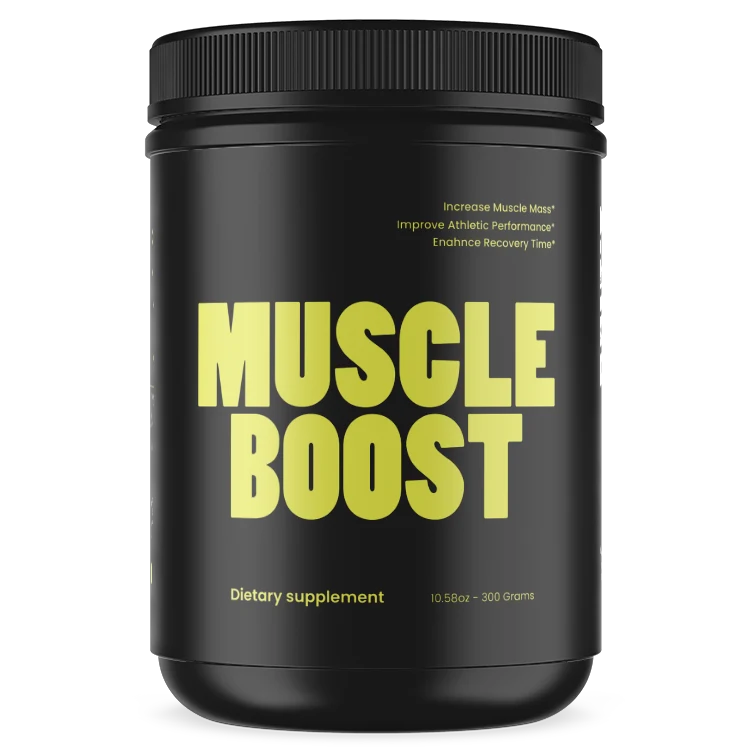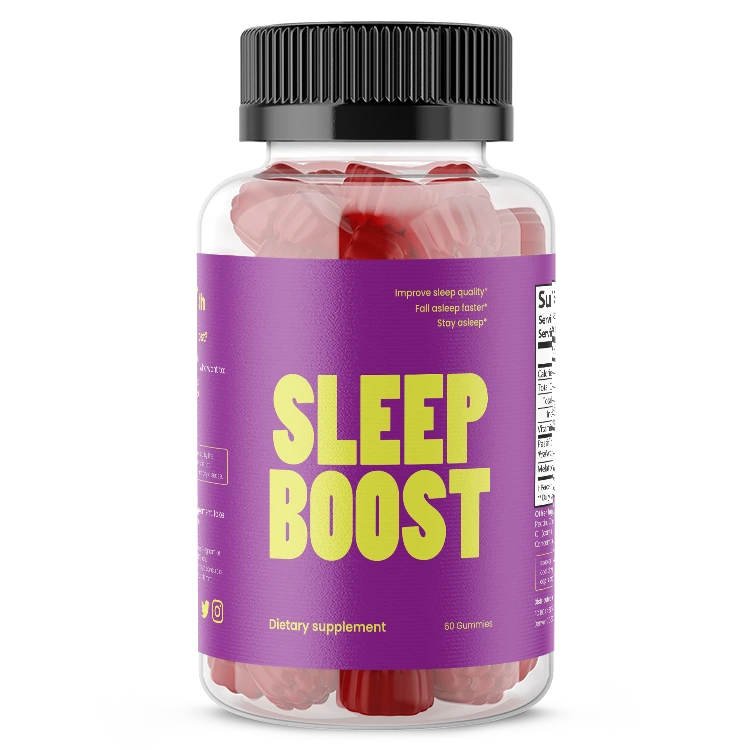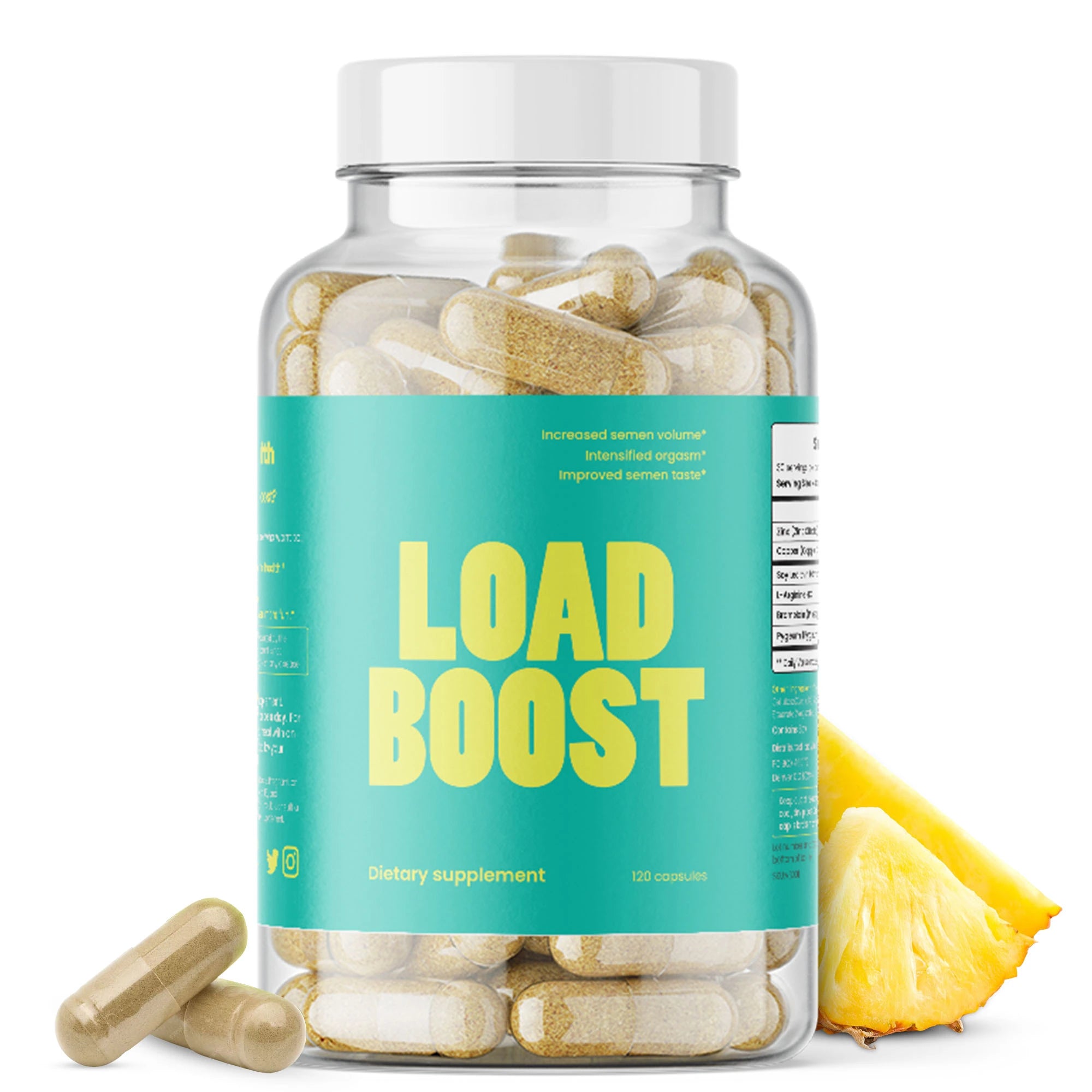The Bristol Stool Chart serves as a crucial tool in assessing and understanding our digestive health, categorizing stool into seven distinct types based on their appearance.
Bristol Type 3 poop, characterized by its sausage shape with cracks on the surface, falls comfortably within the spectrum of normal bowel movements, although it hints at a slightly slow transit time. This guide delves into the nuances of Type 3 poop, providing insights into what it indicates about your digestive health and how to maintain or achieve this stool type for optimal wellness.
What Is Bristol Type 3 Poop?
Bristol Type 3 poop is identified by its distinct sausage-like shape, accompanied by cracks on its surface. These characteristics suggest a bowel movement that is generally healthy but may be on the slower side of the normal transit time. Despite the cracks, Type 3 stools are typically easy to pass and indicate a well-balanced diet and hydration level, albeit with room for minor improvements.
Causes and Health Implications
Dietary Influences
A balanced diet rich in both soluble and insoluble fiber plays a pivotal role in achieving Type 3 stools. Soluble fiber helps to soften the stool by absorbing water, whereas insoluble fiber adds bulk. A slight imbalance or insufficiency in fiber intake can lead to the appearance of cracks, indicating a need for dietary adjustments.
Hydration Levels
Adequate hydration is essential for softening stools and facilitating smooth bowel movements. Even with a diet optimal in fiber, insufficient fluid intake can result in harder stools that form cracks as they pass through the colon.
Health Conditions
While Type 3 poop generally falls within the normal range, persistent changes in stool appearance without a clear dietary cause may warrant attention. However, in most cases, Type 3 poop reflects a healthy digestive system.
How It Affects Your Body
Type 3 poop indicates a healthy digestive system, reflecting a good balance between dietary fiber and hydration. However, the presence of cracks might suggest that there is a slight delay in transit time, possibly due to minor fluctuations in diet or hydration levels.
When to See a Doctor
Consistency is key when monitoring bowel health. A sudden and unexplained change from your regular stool type, especially if accompanied by discomfort or other symptoms, should prompt a consultation with a healthcare provider.
Tips for Healthy Bowel Movements: Managing Bristol Type 3 Poop
Adjusting Your Diet
To maintain or achieve Type 3 stools, focus on a diet that includes a balanced mix of soluble and insoluble fiber. Foods like fruits, vegetables, whole grains, and legumes can help ensure the right consistency and transit time of your stools.
Optimizing Hydration
Ensure you're drinking enough water throughout the day. A general guideline is to consume at least 8 glasses of water daily, but this can vary based on individual needs, exercise levels, and climate.
Exercise Recommendations
Regular physical activity can help maintain healthy bowel movements. Activities such as walking, jogging, or swimming are beneficial for stimulating digestion and promoting regularity.
Routine and Lifestyle Changes
Establishing a regular bathroom routine can help improve bowel health. Additionally, managing stress through relaxation techniques or exercise can positively impact your digestive system.
Conclusion
Understanding and maintaining Bristol Type 3 poop is an excellent indicator of digestive health. By focusing on a balanced diet, adequate hydration, and regular physical activity, you can support your digestive system in functioning optimally. Monitoring changes in your stool and adjusting your lifestyle as needed are key to long-term digestive wellness.
Frequently Asked Questions
- Is it normal for stool consistency to change occasionally? Yes, minor variations in stool consistency can occur due to changes in diet, hydration, or physical activity.
- How can I increase my fiber intake safely? Gradually increase your fiber intake over several weeks to allow your digestive system to adjust, and ensure you're drinking plenty of water to help absorb the fiber.




